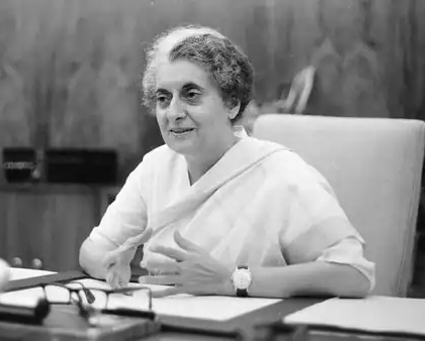
1982 marked a pivotal year in the evolution of India’s industrial policy, as the government implemented two significant measures that increased the economic role of the private sector. First, automatic licensing of capacity was raised from a quarter to a third, a move that fostered greater entrepreneurial freedom and paved the way for businesses to scale up more rapidly. Second, large industrial houses and foreign companies were granted access to so-called core industries, which were previously reserved for the public sector.
Among the core industries, power and oil exploration stood out. These industries had traditionally been tightly regulated and closed off to private enterprises, and the decision to open them up marked a considerable shift. This move was expected to bring fresh capital, technology, and expertise into these critical industries, thereby boosting their productivity and efficiency.
Then prime minister Indira Gandhi declared 1982 the Year of Productivity. This reflected a broader shift in her government’s economic philosophy from a heavily redistributionist and socialist economy toward a more market-oriented, “growth-first” approach. This move marked the beginning of an era in which productivity and efficiency, not redistribution, were seen as the key to alleviating poverty and improving living standards.
Thus, the Year of Productivity constituted an important milestone in India’s journey toward a more liberal economy. The journey would continue with more profound reforms in the coming decade.

